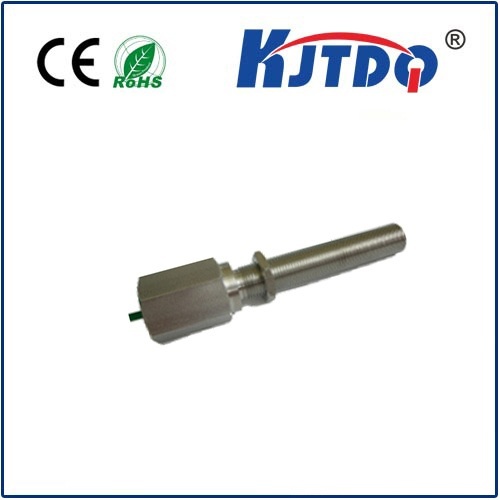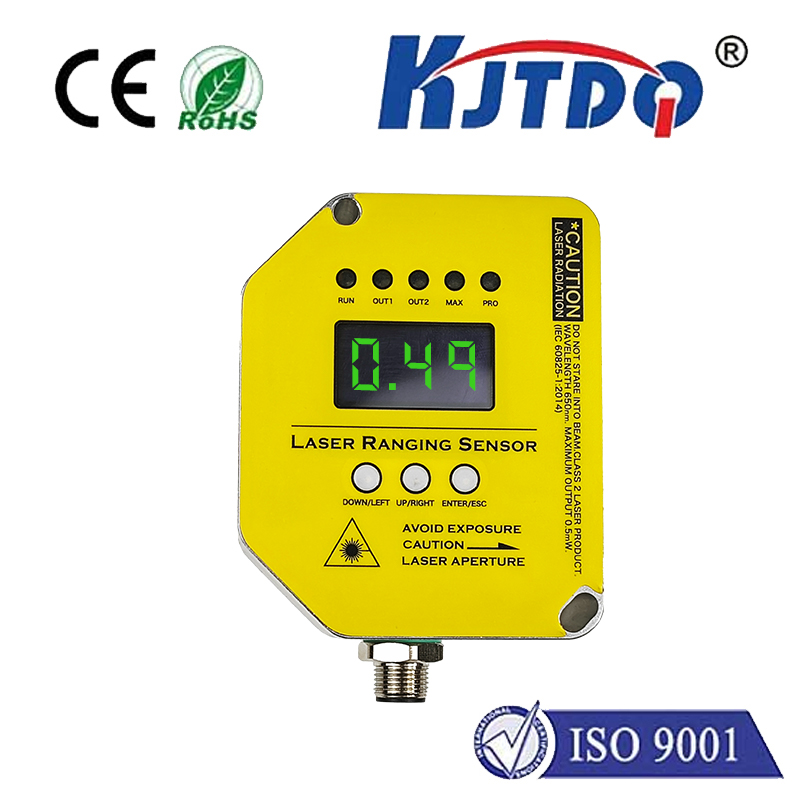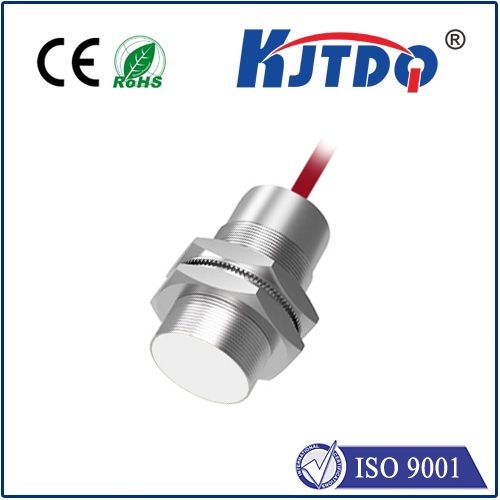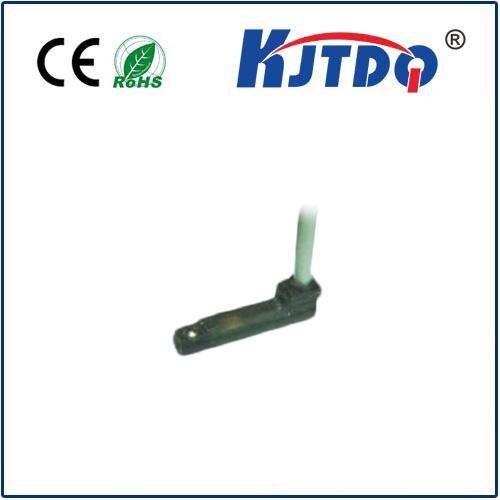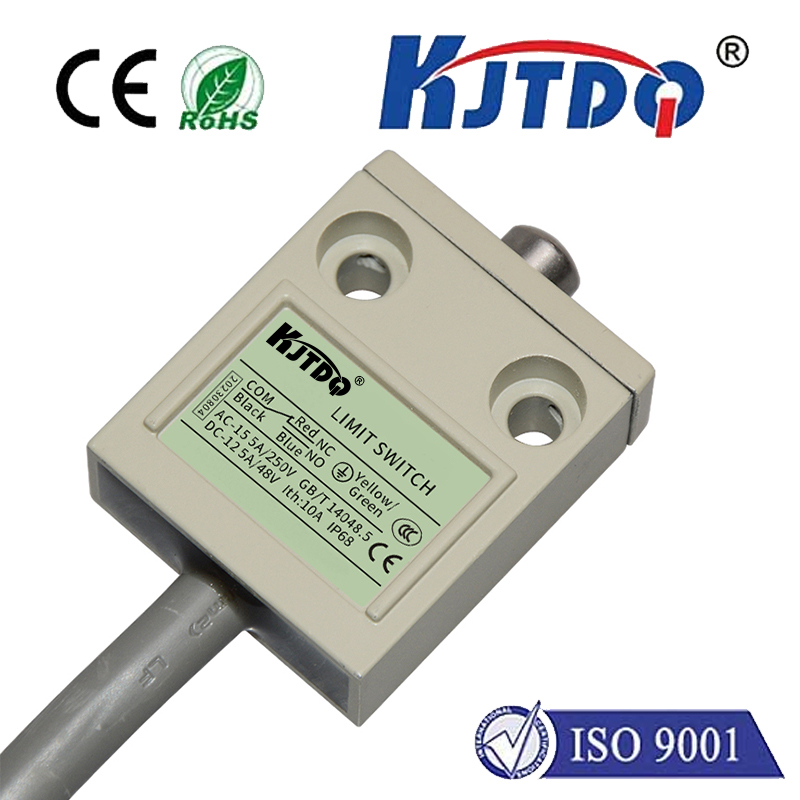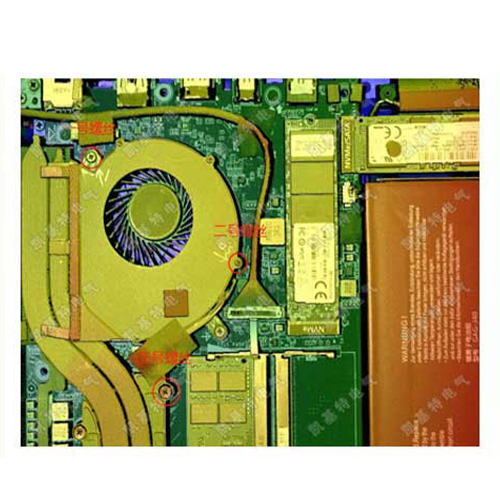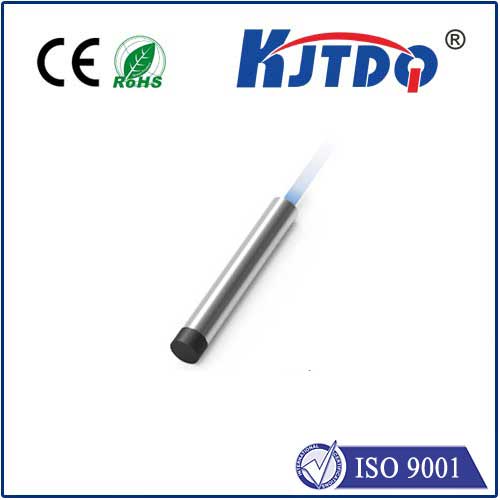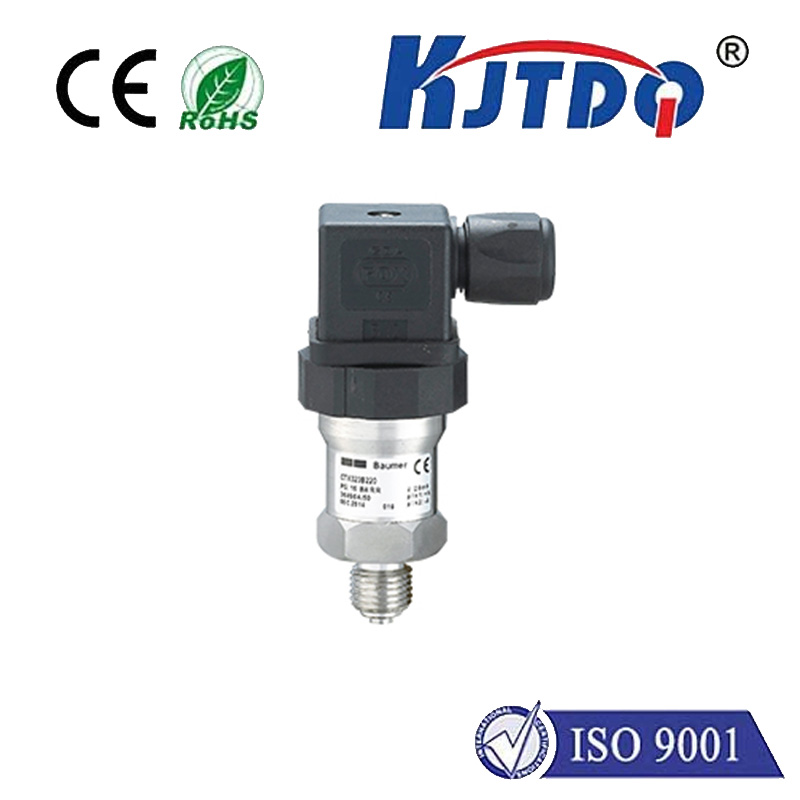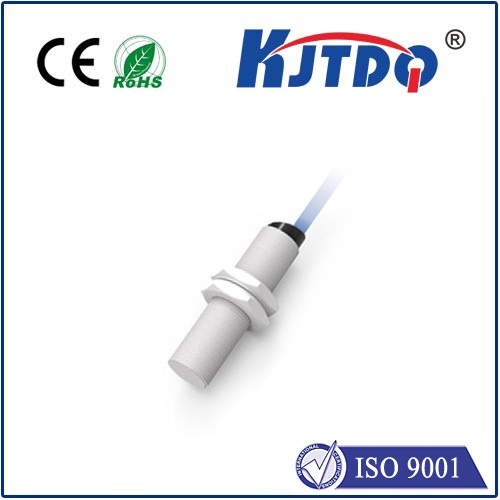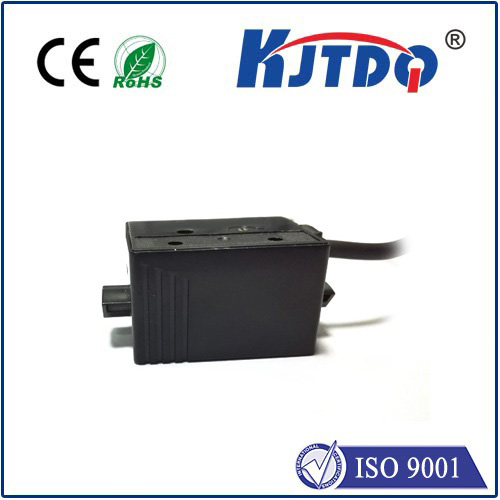BES05M5 proximity sensor
- time:2025-10-17 03:06:44
- Click:0
BES05M5 Proximity Sensor: Precision Detection in the Compact M5 Form Factor
In the intricate dance of modern automation, where machines coordinate with split-second timing and robotic arms move with uncanny precision, countless unseen workhorses ensure everything runs smoothly. Among these vital components, the humble proximity sensor plays a critical role. The BES05M5 proximity sensor stands out as a prime example of reliable, non-contact detection, specifically engineered to deliver exceptional performance within an incredibly compact M5 threaded barrel design. Understanding its capabilities is key to unlocking efficiency in space-constrained applications.
The Core Function: Non-Contact Sensing Simplified
At its heart, the BES05M5 is an inductive proximity sensor. This technology relies on generating an electromagnetic field from its sensing face. When a metallic target (like steel, aluminum, brass, etc.) enters this detection field, it induces eddy currents within the target. These eddy currents cause a measurable change in the sensor’s internal oscillator circuit. Sophisticated electronics within the BES05M5 detect this change and trigger a solid-state output switch. The beauty lies in its non-contact operation – there’s no physical wear and tear from touching the target, leading to significantly increased lifespan and reduced maintenance compared to mechanical switches. Its primary function is detecting the presence or absence of metal objects reliably and rapidly.
Why the M5 Size Matters: Power in Miniaturization
The “M5” designation in BES05M5 is crucial. It refers to the sensor’s cylindrical housing diameter and thread size – a mere 5 millimeters. This ultra-compact footprint offers significant advantages:

- Installation in Tight Spaces: The BES05M5 proximity sensor excels in applications where larger sensors simply cannot fit, such as within compact machinery, robotic grippers, small conveyors, or densely packed control panels.
- Minimal Intrusion: Its small size minimizes disruption to the surrounding components or the path of moving parts.
- Weight Reduction: For applications sensitive to weight, like robotic arms or lightweight gantries, every gram counts. The compact design of the M5 sensor contributes positively.
- Versatility: The standardized M5 thread allows for easy mounting using readily available nuts and brackets, simplifying integration into diverse mechanical setups.
Key Features and Specifications of the BES05M5
While specific parameters can vary slightly between manufacturers (BES is a common Balluff series prefix), the BES05M5 typically embodies these core characteristics:
- Sensing Principle: Inductive
- Sensing Distance: Commonly rated around 1-2 mm for mild steel (Sn). This short range is typical and advantageous for precise positioning in tight quarters. Remember, factors like target material type, size, and shape affect the actual sensing distance.
- Output Configuration: Available as PNP (sourcing) or NPN (sinking), with Normally Open (NO) or Normally Closed (NC) switching logic. PNP is often preferred in many industrial settings. May feature a 3-wire or 2-wire AC/DC design.
- Operating Voltage: Typically designed for 10-30V DC, fitting standard industrial control voltage ranges.
- Housing Material: Usually stainless steel (V4A / AISI 316L), offering excellent resistance to oils, coolants, weak acids, alkalis, and harsh industrial environments.
- Protection Rating: Almost always features a high IP67 or IP68 rating, meaning it is dust-tight and protected against temporary (IP67) or continuous (IP68) immersion in water. This ensures reliable operation in demanding factory conditions.
- Switching Frequency: Capable of high-speed detection, often in the range of 0.5 kHz to 1.5 kHz or higher, essential for fast-moving production lines or rapidly cycling machinery.
- Temperature Range: Designed to operate reliably within typical industrial ambient temperatures, often -25°C to +70°C.
- Indicator LED: Typically includes an LED status indicator showing power and output state for easy diagnostics.
Where the BES05M5 Proximity Sensor Shines: Applications
The unique blend of small size, robust construction, and reliable sensing makes the BES05M5 indispensable in numerous scenarios:
- Machine Tooling: Monitoring tool position, chuck clamping, turret indexing, or detecting small parts on fixtures within CNC machines where space is at a premium.
- Robotics: End-of-arm tooling (EOAT) position feedback, confirming part presence in grippers, or monitoring joint limits on compact robotic arms.
- Material Handling: Verifying the presence of small items on miniature conveyors, detecting position in sorting gates, or confirming cart/clamp positions.
- Packaging Machinery: Detecting film or foil position, confirming the closure of small flaps, or sensing product position in blister packs.
- Assembly Automation: Ensuring tiny components like screws, pins, or springs are correctly presented before assembly, verifying actuator position in compact cells.
- Semiconductor Manufacturing: Position sensing in wafer handling or delicate assembly equipment requiring small, precise sensors.
- Textile Machinery: Monitoring thread guides, needles, or other small metallic components.
- Hydraulics/Pneumatics: Detecting piston or valve position within compact cylinders.
The Tangible Benefits: Why Choose an M5 Sensor?
Integrating a BES05M5 inductive proximity sensor offers concrete advantages for engineers and system integrators:
- Space Optimization: The compact M5 form factor solves critical mounting problems that larger sensors cannot, enabling designs that were previously impossible.
- Enhanced Reliability: The solid-state, non-contact operation inherent to inductive sensors eliminates mechanical wear points, leading to significantly higher MTBF (Mean Time Between Failures) versus mechanical switches.
- High-Speed Performance: Fast switching frequencies ensure the sensor keeps up with demanding cycle times on modern production lines.
- Robustness: Stainless steel housing and high IP ratings (IP67/IP68) ensure consistent, trouble-free operation even when exposed to coolant, oil, metal chips, dust, and moisture.
- Reduced Maintenance Costs: The lack of moving parts means minimal maintenance requirements and no consumables to replace, lowering the total cost of ownership.
- Precision Positioning: The defined sensing range provides reliable, repeatable detection for accurate machine control.
Selecting and Implementing Your BES05M5 Sensor
When specifying a BES05M5 proximity sensor, carefully consider:
- Sensing Distance Requirements: Is a 1-2mm detection range sufficient for your specific target and mounting constraints?
- Target Material: While primarily for metals, performance varies between steel, aluminum, and other non-ferrous metals. Check specifications for Sn values.
- Output Type Needed: Does your PLC or controller require a PNP or NPN input? Normally Open or Normally Closed logic?
- Electrical Requirements: Confirm the voltage range (e.g., 10-30V DC) and ensure your power supply matches.
- Environmental Conditions: Will the sensor face extreme temperatures, chemicals, or heavy washdown? Ensure the housing material (stainless steel) and IP rating (IP67/68) provide adequate protection.
- Mounting Constraints: Ensure the M5 threaded barrel and overall length can be physically accommodated in your application.
Conclusion
The BES05M5 proximity sensor exemplifies the impressive capabilities packed into miniature industrial components. Its **






